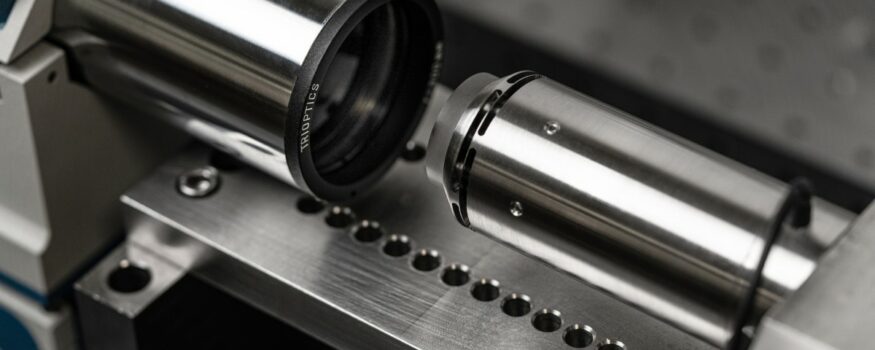The 6 factors to consider for perfect nanopositioning
If you’ve not previously used a nanopositioning system, or had cause to specify one for a while, then it’s worth taking time to consider some of the key factors that will ensure a successful purchase. These factors apply to all applications in precision industrial manufacturing, science and research, photonics and satellite instrumentation.

1.Construction of nanopositioning devices
The science of nanopositioning, with exceptional resolution in the nanometer and sub-nanometer range, and response rates measured in sub-milliseconds, depends fundamentally on the stability, precision and repeatability of the mechanical and electronic technology used in each system.
The first key factor to be considered when choosing a new system should therefore be the quality of its design and manufacture. Precision engineering and attention to detail will be obvious, being reflected in the methods of construction, materials used and the layout of component parts such as stages, sensors, cabling and flexures. These should be designed to create a robust and solid structure, which is free from flexing and distortion under pressure or during movement, interference from extraneous sources, or environmental effects such as thermal expansion and contraction.
The system should also be constructed to meet the demands of each application; for example, the conditions under which a system used for the optical inspection of semiconductor wafers will have completely different operating criteria to one intended for use in areas of ultra-high vacuum or high radiation.
2.The motion profile
In addition to understanding the demands of the application, it’s also important to consider the motion profile that will be needed. This should take account of:
The required stroke length for each axis of motion
The number and combination of axes of motion: x, y and z, plus tip and tilt
The speed of travel
Dynamic motion: for example, the need to scan in both directions along each axis, the requirement for either constant or stepped motion, or the advantage of capturing images on the fly; i.e. while the attached instrument is in motion.
3.Frequency response
Frequency response is essentially an indication of the speed with which a device responds to an input signal at a given frequency. Piezo systems respond rapidly to command signals, with higher resonant frequencies producing faster response rates, greater stability and bandwidth. It should be recognized, however, that the resonant frequency for a nanopositioning device can be affected by the load applied, with an increase in load reducing the resonant frequency and thus the speed and accuracy of the nanopositioner.
4.Settling and rise time
Nanopositioning systems move extremely small distances, at high speeds. This means that settling time can be a crucial element. This is the length of time it takes for movement to decrease to an acceptable level before an image or measurement can subsequently be taken.
By comparison, rise time is the elapsed interval for a nanopositioning stage to move between two command points; this is normally far quicker than the settling time and, most importantly, does not include the time required for the nanopositioning stage to settle.
Both factors affect accuracy and repeatability and should be included in any system specification.
5.Digital control
Resolving the challenges of frequency response, together with settling and rise times, depends largely on the correct choice of system controller. Today, these are extremely advanced digital devices that integrate with precision capacitive sensing mechanisms to produce exceptional control at sub-micron positional accuracies and high velocities.
As an example, our latest Queensgate closed-loop velocity controllers use digital notch filtering in conjunction with precision mechanical stage design. This approach ensures that resonant frequencies remain consistent even under significant changes of load, while providing fast rise times and short settling times – all of which are achieved with outstanding levels of repeatability and reliability.
6.Beware specmanship!
Finally, be aware that different manufacturers often choose to present system specifications in varying ways, which can make it difficult to compare like for like. Additionally, in some instances a system may perform well for particular criteria – usually those promoted by the supplier – but function poorly in other areas. If the latter are not crucial to your specific application, then this should not be an issue; it is, however, equally possible that if overlooked they may potentially have a detrimental impact on the quality of your later production or research activities.
Our recommendation is always to talk to several suppliers to get a balanced view before deciding on the nanopositioning system that best meets your needs. As a leading manufacturer, which has been designing and manufacturing nanopositioning systems – including stages, piezo actuators, capacitive sensors and electronics we are always happy to provide advice and information on the different nanopositioning technologies and devices that are available.
Post time: May-22-2023

